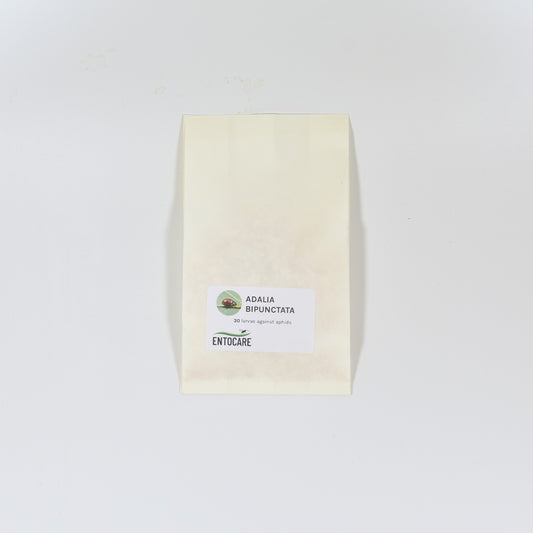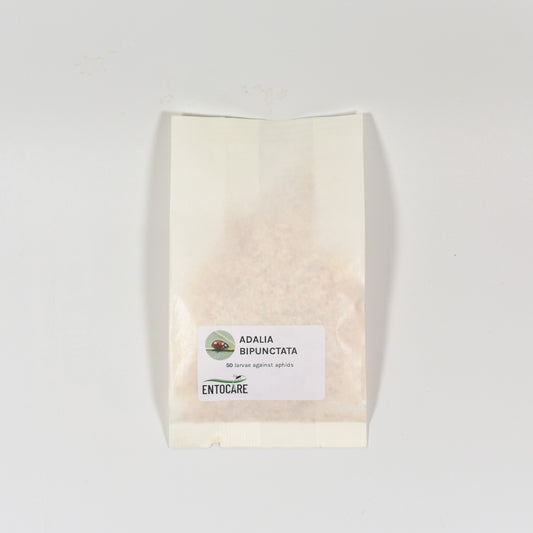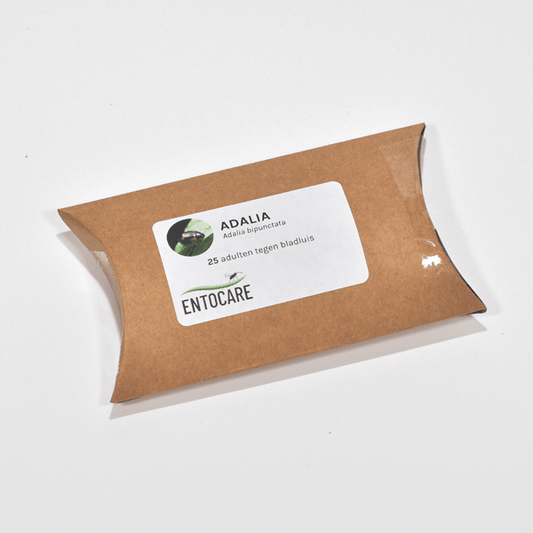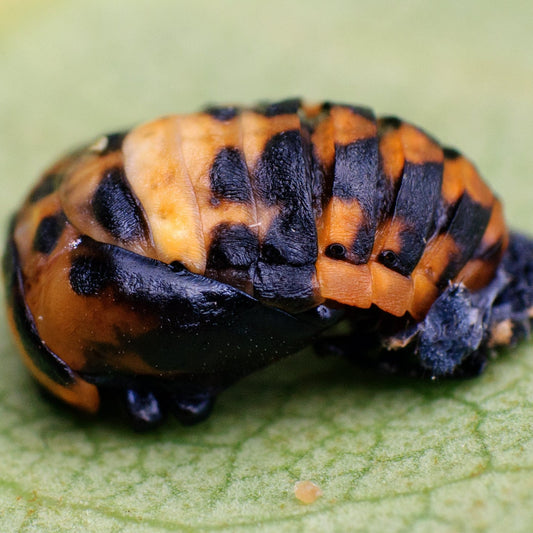
How to recognize lime aphid
Lime aphid can only be found on lime trees (Tillia). They are a rather large (2-3 mm), pear shaped aphid. The female is yellow with dark stripes and nymphs are green-yellow with dark stripes. The antennae are black with yellow stripes and winged morphs have dark spots on the edges of the wings. They overwinter as winter eggs on tree branches and emerge in spring as fundatrices that produce the first generation of nymphs. There are four nymphstadia before an aphid reaches adulthood and can produce new nymphs. The summer cycle can be repeated many times during the season, leading to large numbers of aphids on the underside of leaves. During fall males are produced and after mating, females will lay eggs that overwinter.
Lime aphid damage and distribution
Lime aphids prefer young shoots, where theyaggregate on the underside of young leaves. Especially in late spring and early summer population sizes are large, because young shoots and leaves are abundant. Lime aphids produce large amounts of honeydew, which acts as a growth medium for black sooty mold fungus, which in turn hampers photosynthesis. The honeydew will also drop down on street, terraces and parked cars. This causes nuisance for people living around lime aphid populations.
Products against lime aphid
-
ADALIA larvae - 30
Vendor:Entocare eigen kweekRegular price €10,60 EURRegular priceUnit price / per -
ADALIA larvae - 50
Vendor:Entocare eigen kweekRegular price €20,00 EURRegular priceUnit price / per€20,00 EURSale price €20,00 EUR -
ADALIA ladybirds - 25
Vendor:Entocare eigen kweekRegular price €27,50 EURRegular priceUnit price / per€27,50 EURSale price €27,50 EUR -
ADALIA larvae - 100
-
ADALIA larvae - 250
-
ADALIA ladybirds - 100
-
ADALIA pupae - 25
-
Lime aphid life cycle
overwinters as egg on branches
fundatrices hatch from the eggs during spring
fundatrices produce the first generation of aphids
several parthenogenetic summer generations follow
males occur during fall
females lay wintereggs after mating -
Lime aphid host plants
exclusive to lime trees (Tilia)
-
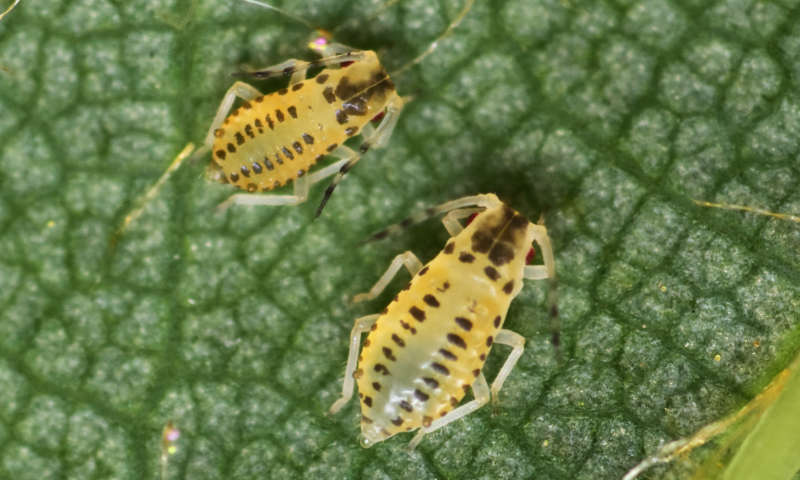
Lime aphid
-

Young lime aphid

